5 ways Minnesotans can reduce consumption, waste
April Hepokoski, of Esko, offers tips for people looking to reduce the amount of trash they produce.
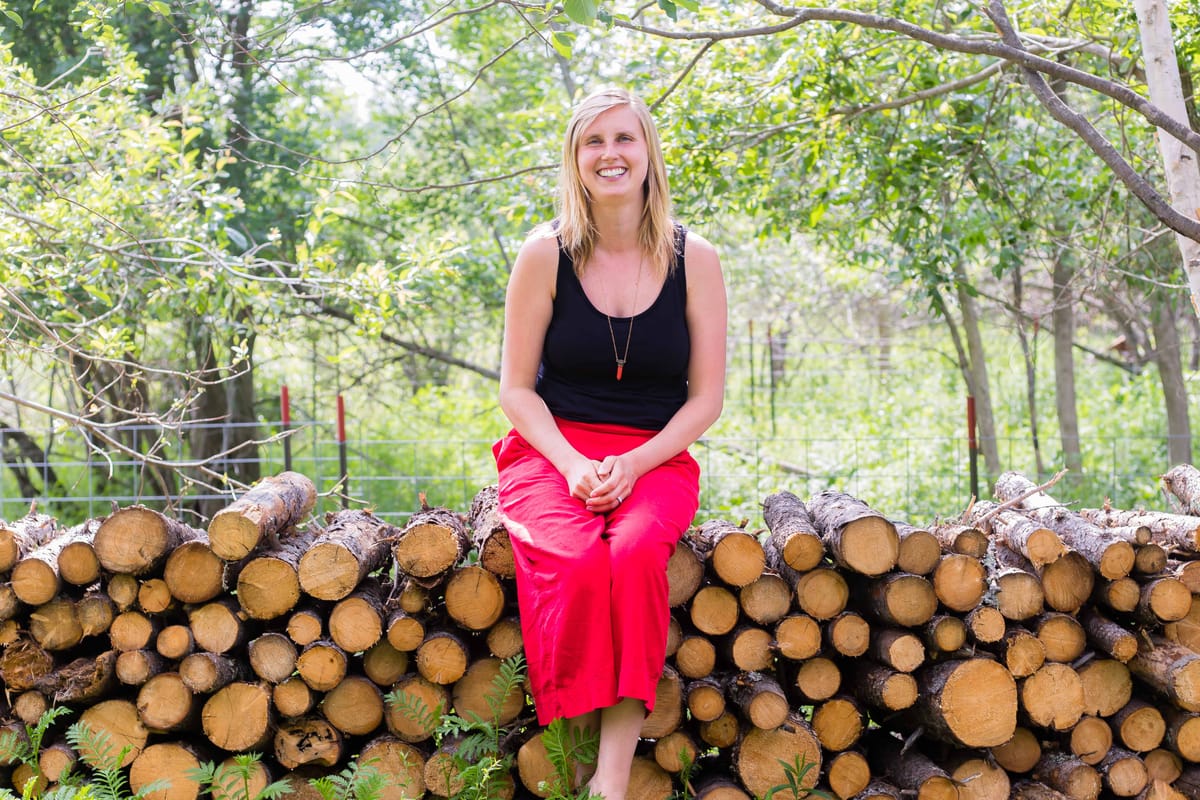
ESKO, Minn. — April Hepokoski's journey to living a zero waste lifestyle started 10 years ago, but it hasn't always been smooth sailing.
The Esko woman has a young son, and after his birth she noticed how difficult it became to maintain a zero-waste routine. For example, Hepokoski said her family purchases items that come in plastic packaging more often than before.
She tries to put guilt aside and think of the process as one that ebbs and flows.
"All of a sudden, it's a little bit harder to do things exactly how you were before, and just feeling OK with 'You know what? This is where I'm at right now, and I know I'll get back into it,'" she said. "It might look a little bit different, but I'm doing a really great job in these areas now, like cloth diapering. I wasn't doing that before, but that's a huge thing that I added in."
Minnesotans sent 2.2 million tons of waste to landfills in 2022, according to the Minnesota Pollution Control Agency, and the landfill is the final part of the waste stream.
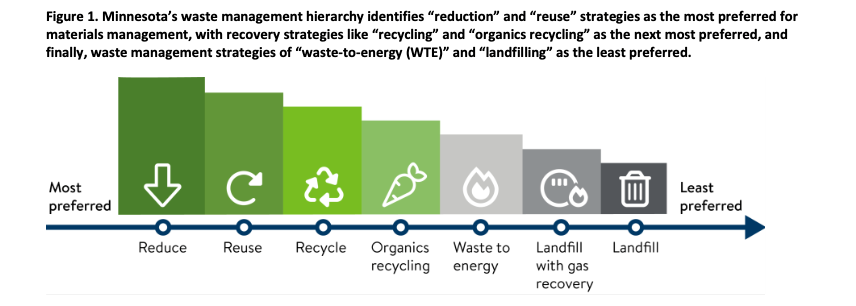
Hepokoski runs the Zero Waste Duluth Facebook page, where she shares resources for reducing consumption and living a zero waste lifestyle. She wrote a book called "Closing the Loop on Zero Waste: Living in Alignment with Nature," and she contributed to Robin Greenfield's book "Zero Waste Kids."
Hepokoski shared some tips with Project Optimist about steps people can take to reduce their consumption.
Conduct a trash audit
"Look in your garbage can, and see what type of trash you create, because everybody's different in the type of trash that they create," Hepokoski said. "Maybe pick one item that's really exciting for you to find a more sustainable alternative for."
Hepokoski loves to eat chips, so she saw a lot of chip bags in her trash can. To eliminate that waste, she bought potatoes in bulk and made her own potato chips.
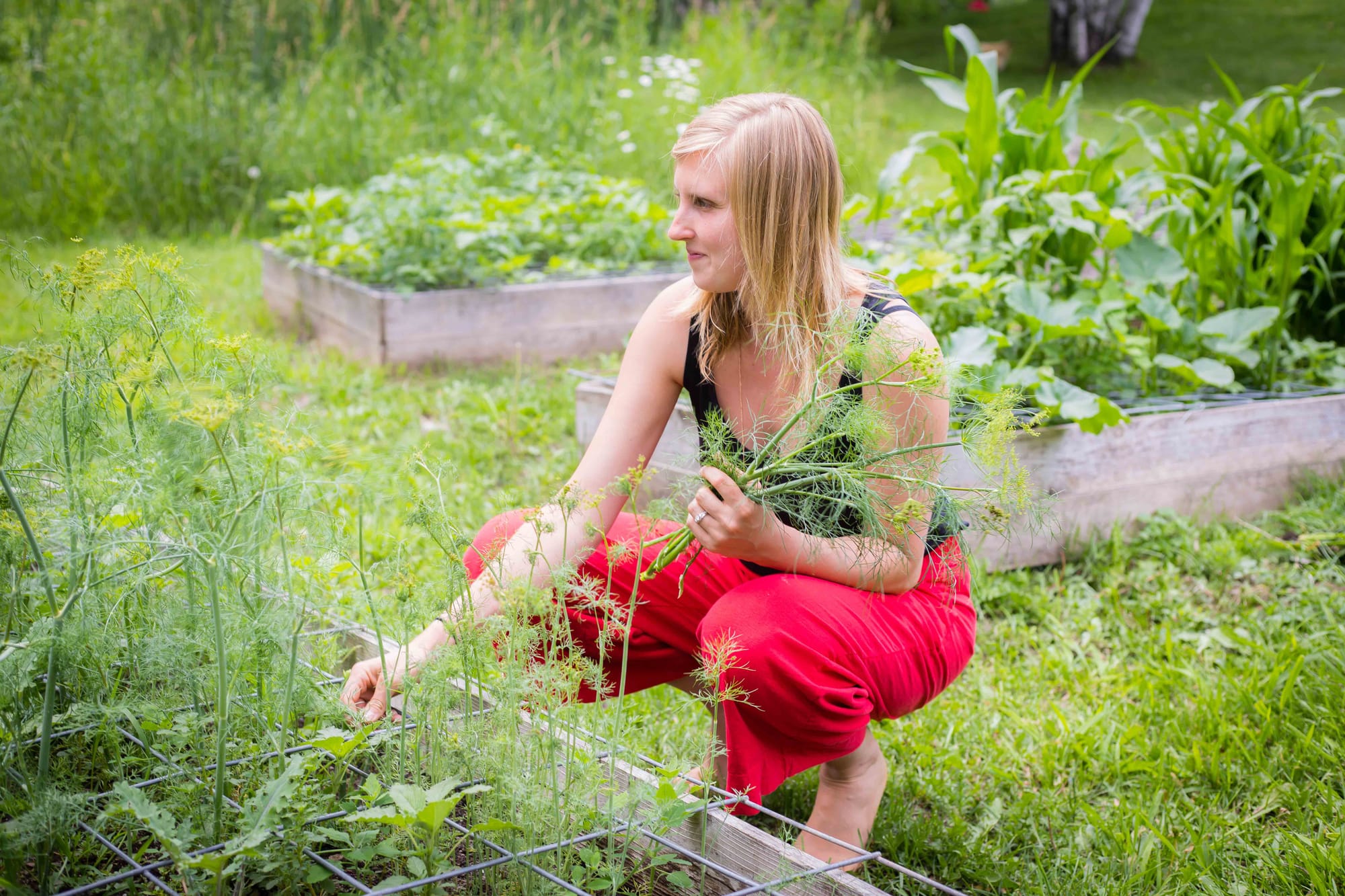
Then she used a dehydrator and made chips from apples and pears. She also used kale from her garden to make chips.
"I got really creative and had a lot of fun with it," she said.
Refuse items
Another way people can start to change their habits is to refuse items they do not need.
"A lot of people probably have heard of the minimalist lifestyle," Hepokoski said. "Everyone can take that to their own degree, of course, but it is a great tool to look at the items in your life and be more intentional with them, and just try to create a more simple home."
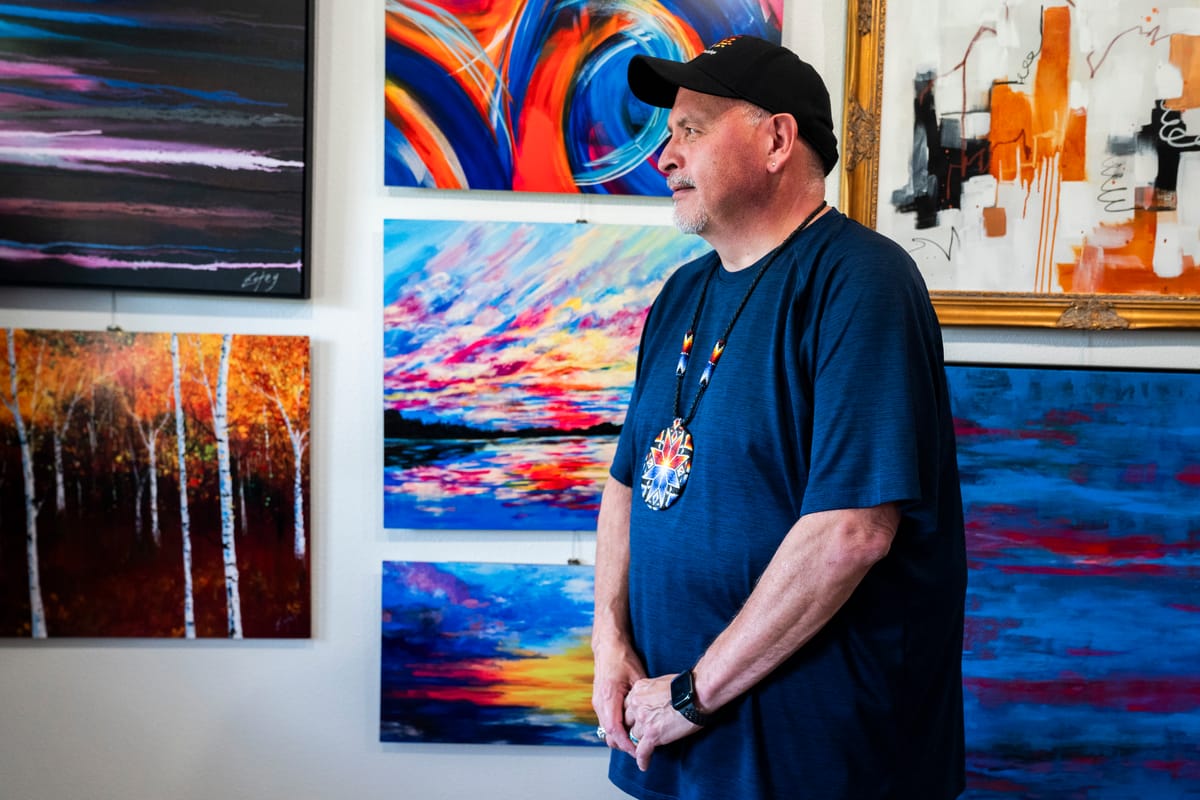
Shop secondhand
When Hepokoski needs something, she turns to thrift stores first.
"Instead of buying brand new items where we're then asking the earth for more resources to be taken and to be made into these new things, instead we're using items that are already in existence," she said. "Those resources have already been pulled. That item's already been loved by somebody else and used and then discarded to the thrift stores."
In addition to thrift stores, people can shop garage sales or online marketplaces to purchase items secondhand.
Ditch single-use items
She also opts for reusable items instead of single-use plastics, paper towels, or straws, for example.
People can use 100% cotton cloths instead of paper towels, or bring their own straw to a restaurant.
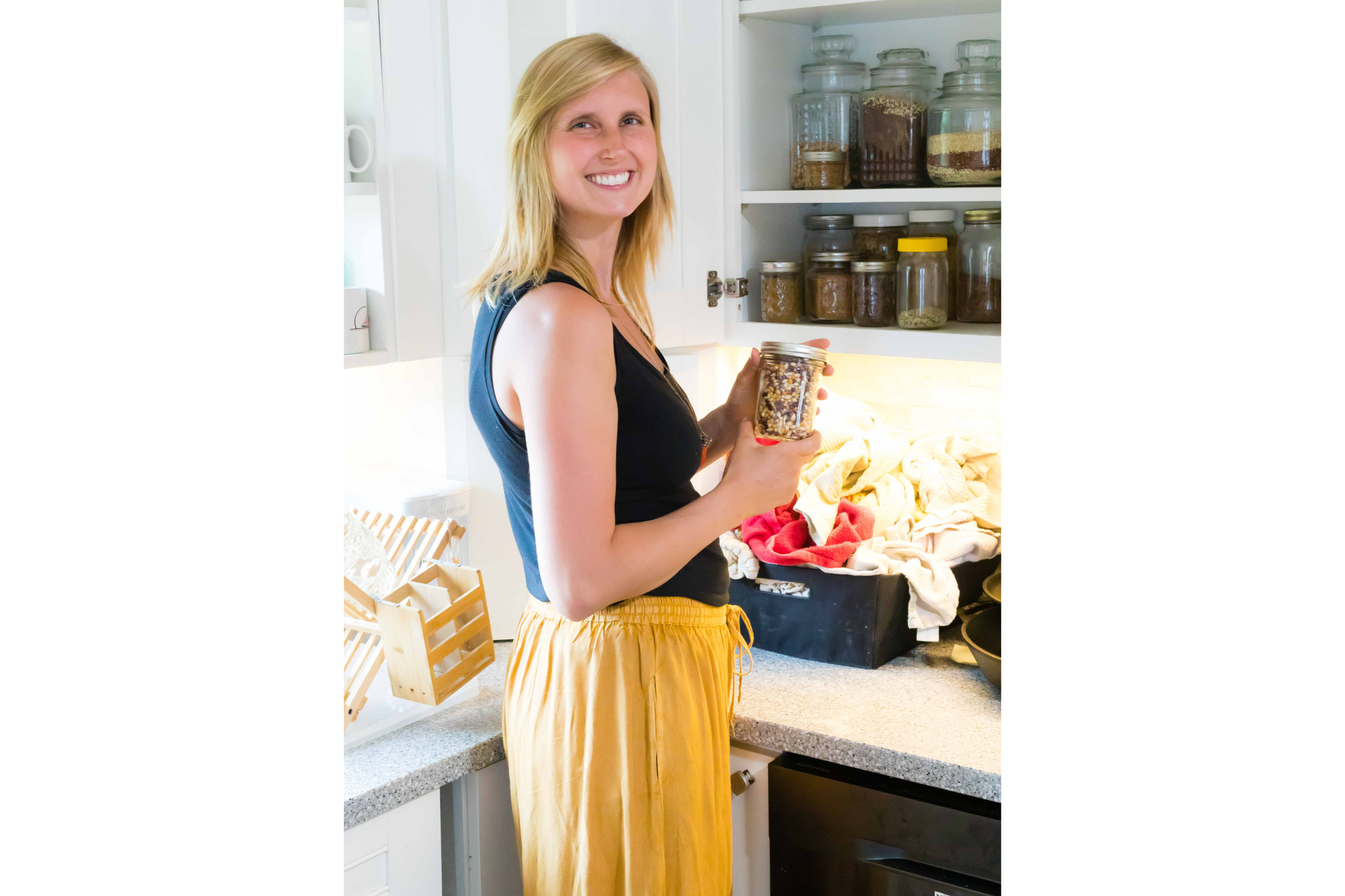
If she doesn’t know if the restaurant gives straws, she'll simply ask for a drink without.
"When I order my food, I just say 'I'll have a water and no straw, please,'" Hepokoski said. "Just really simple things we add into our daily habits to just not take those single use items in the first place."
Repair what's broken
People can also fix items that break instead of tossing them in the trash, Hepokoski said.
"That's going to dramatically reduce the amount of things that we're buying," she said. "And also, when I started doing that, I started to create more of a mindset where I was valuing my things more and I was taking better care of them. I'm not actually that good at repairing things and not that good at sewing, so I don't really want to have to do that, but I will."
This story was edited and fact-checked by Nora Hertel.
